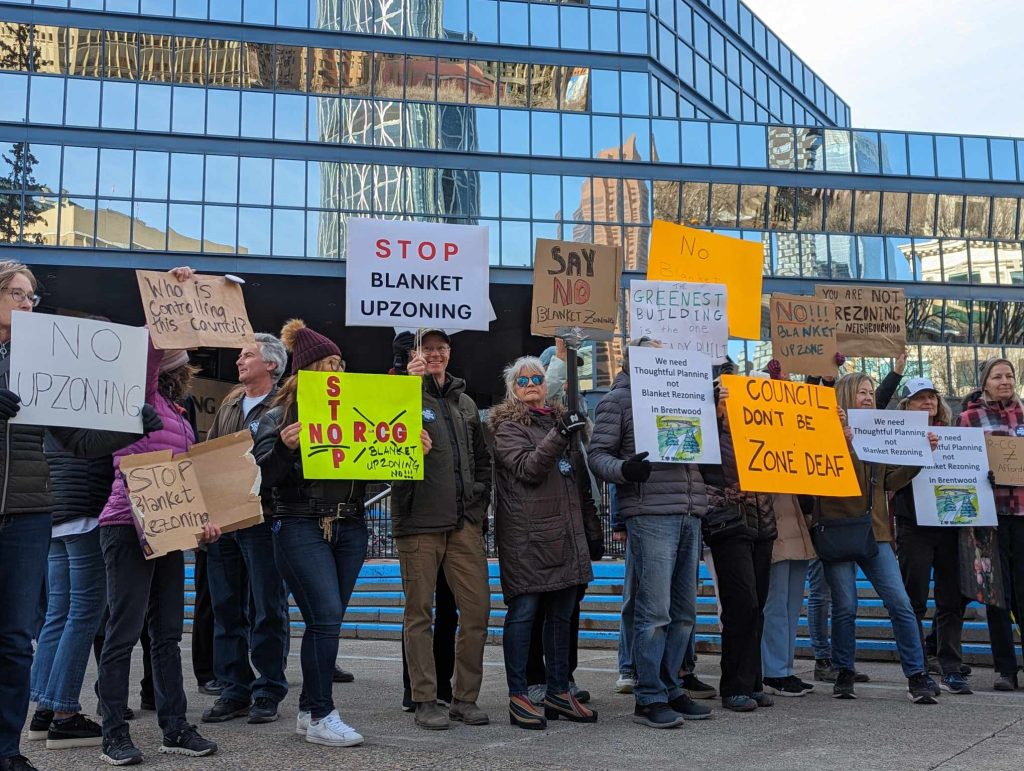‘An amazing group of people’: Transit drivers coping during pandemic
Posted Apr 2, 2020 1:08 pm.
Last Updated Apr 2, 2020 1:09 pm.
CALGARY (660 NEWS) — Calgary Transit has been one of the hardest-hit organizations during the COVID-19 pandemic, but the frontline workers keeping the buses and trains running are staying focused on the job.
While ridership has dropped an average of 80 per cent over the last month, operators still remain some of the most vulnerable to being exposed to the coronavirus.
The city has adjusted the service to adapt to the situation, such as by reducing the frequency of trains and buses, cutting down on seating, and having passengers board buses through the back door.
However, as some drivers have contacted 660 NEWS saying they’re still concerned, the union representing them assures proper steps are being taken.
“It’s a moving target, no question,” said Mike Mahar, president of Amalgamated Transit Union Local 583.
There is constant transformation, with crews looking at practices in other jurisdictions and adopting the best methods, however, it is still a challenge as this remains a new situation with new troubles.
“One of the outstanding things that’s been more difficult to resolve is the social distancing and getting the public to comply with that. There was some overloading of buses,” said Mahar.
Fortunately, the provision of cutting out half the seating on buses should mitigate that issue, with decals being placed on unavailable seats to encourage remaining passengers to spread out.
2 metres of space helps keep us all safe. Starting today, we are limiting seating and standing areas on our buses, trains and shuttles to implement a 2m distance between #CTRiders. Look out for signage on buses & shuttles telling you which seats to avoid. #COVIDAB #covidyyc pic.twitter.com/7hK6BB8TuJ
— Calgary Transit (@calgarytransit) April 1, 2020
Mahar added that sanitizing kits are being provided to the drivers to keep their workspace and other high-touch areas clean, but throughout the day there can be a pile-up of germs that puts passengers and operators at risk.
He said there should be a new practice put in place in the coming days.
“Some on-line cleaning, so some of the heavier connection points for buses like Saddletowne or Somerset-Bridlewood, Tuscany, those areas where a number of buses come in, they’ll have staff there that are going to clean all the touchpoints and the driver’s compartments.”
Concerning driver compartments, also in the works is a method of safely separating shuttle bus drivers from passengers — as there is no back door for them to board.
“They’re actually designing a partition,” Mahar said. “That will close off the community shuttle operator work area because they have their own door they can get in and out of.”
He is hopeful this can be done by the end of next week, although it may take a bit of trial and error.
Along with transit taking a significant financial hit during the crisis — to the tune of nearly $10 million a month — there is an impact on staffing.
Mahar said, to his estimates, around 800 workers are off the job due to a combination of self-isolation, normal sicknesses like colds and flu and staff working from home.
“At the peak, we had about 180 people that were self-isolated,” he said. “Usually in the flu season, we’ll run around 220 or 240 people, on the high end. That did jump up to probably 450-480 for that particular group.”
To his knowledge, there have not been any operators who have tested positive for COVID-19, except for a couple of training officers. But he is worried the actual number could be higher as workers who are self-isolating with symptoms may not get tested unless they need to get emergency care.
“I think it would be much more prudent to have that level of front line person to be confirmed yay or nay because then you could do the tracking that’s required to contain the disease.”
Even so, the operators are coping and continuing to do the hard work of getting people where they need to be.
“We have an amazing group of people when you get down to talking to them and their commitment, in spite of so many challenges. But there’s no question there’s a great deal of fear. They’re just like everybody else,” said Mahar. “This is a scary time.”
Finally, Mahar is thankful for passengers who are cooperating and following the guidelines and understands there may be some hiccups due to reduced frequency of service.
“We appreciate their patience and understand their frustration, they’re the same frustrations we’re experiencing,” said Mahar. “Tough times, that’s for sure.”










